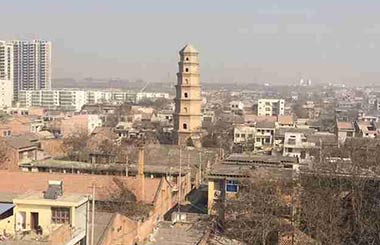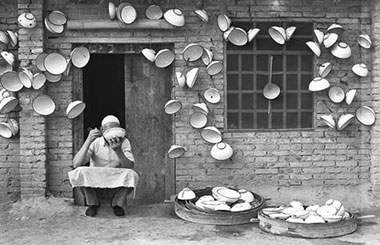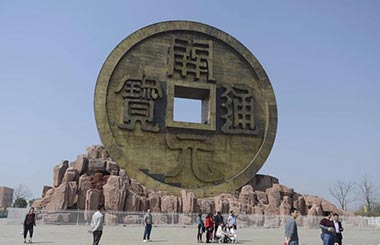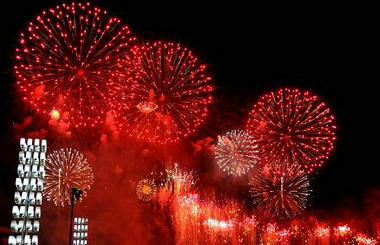OKT's Hamlet is back with its touches of genius
By Raymond Zhou ( China Daily ) Updated: 2016-03-09 09:06:08
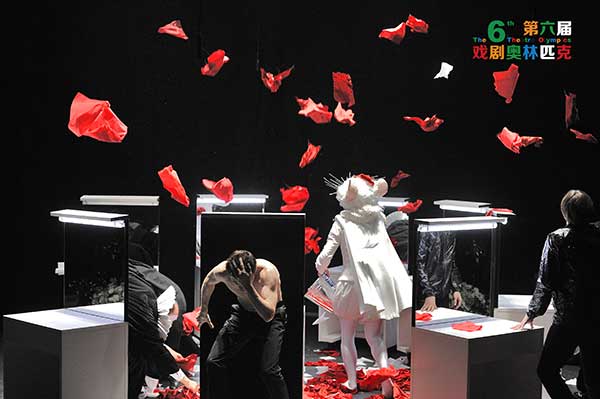 |
|
Lithuanian troupe OKT stages Hamlet in China, presenting five performances each in Beijing, Shanghai and Guangzhou.[Photo provided to China Daily] |
For example, Hamlet's father and Claudius are played by the same actor. I assumed it was out of logistical necessity. But no, the casting choice became shockingly relevant when Hamlet forces his mother to compare her two husbands while pointing to two mirrors that flank the same actor. Villain and victim become two sides of the same coin.
This is further complicated by the age of the actor who plays the title character. Hamlet looks not a year younger than the actor playing his uncle-father. The story seems to be happening within the same age group. Now I believe it was not due to the failure of the actors or makeup artists. You can draw whatever conclusions you like.
The second best thing about Oskaras Korsunovas's tinkering is the merging of scenes. Instead of ending one scene and starting another in a clear-cut way, he lets them flow into each other, often revolving around one character or one detail. Rosencrantz and Guildenstern on the England-bound ship take on the roles of the gravediggers without missing a beat or even a fadeout; Hamlet's fight with Laertes at Ophelia's graveside jumps to Gertrude drinking the poisoned wine.
You may be alarmed by this level of condensing, but some of the connection is very film-like in nature-and pacing.
And obviously the director gives unequal emphasis to different parts of the play. Ophelia's death receives a kind of rehearsal in a pre-nunnery scene and the "To be or not to be" soliloquy is repeated at the end, climaxing with "The rest is silence", which delivers the knockout punch, so to speak.
It is near impossible to capture the greatness of arguably the greatest play in the world onstage in its entirety. So, why not make a sharp impression with some of it? If this is the concept, it has-without a doubt-succeeded.
|
|
|
|
|
|
|
|
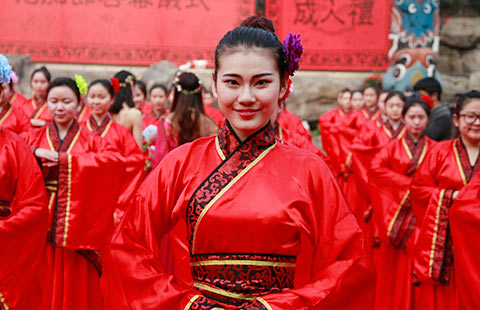
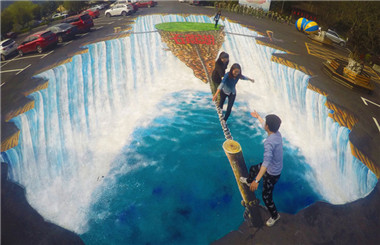

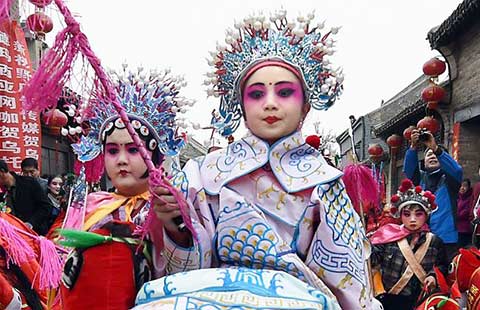
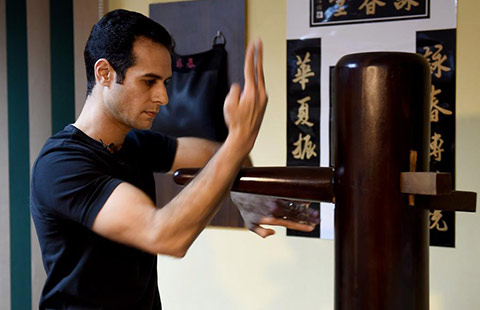


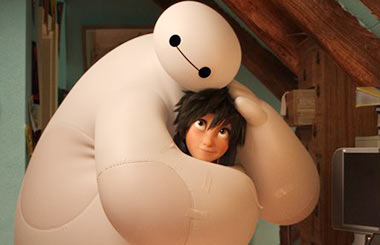



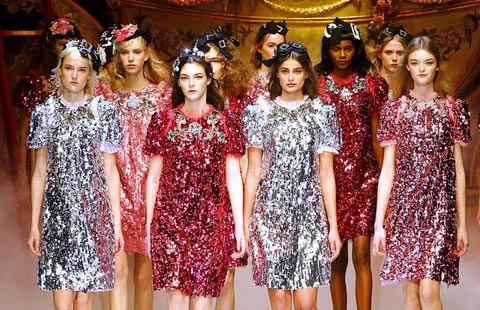




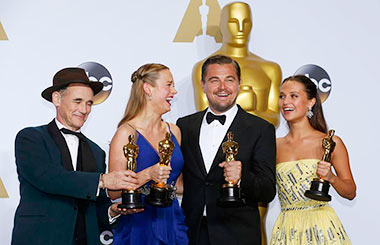



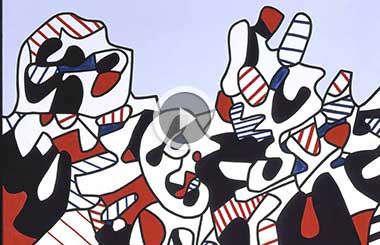
 Raymond Zhou:
Raymond Zhou: Pauline D Loh:
Pauline D Loh: Hot Pot
Hot Pot Eco China
Eco China China Dream
China Dream China Face
China Face
